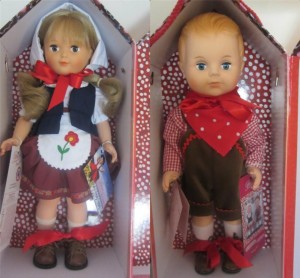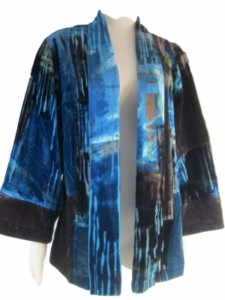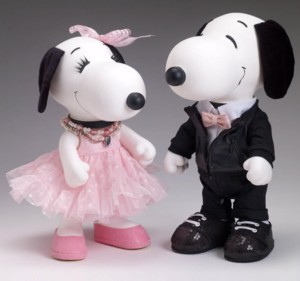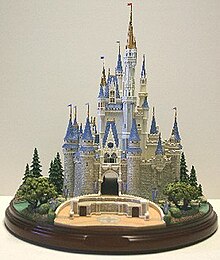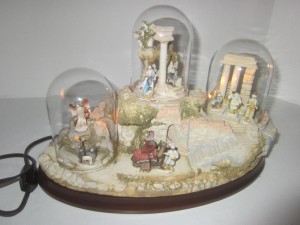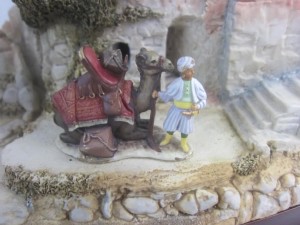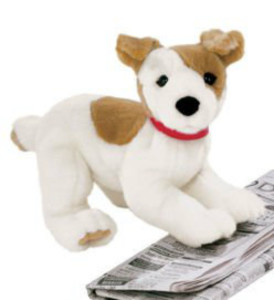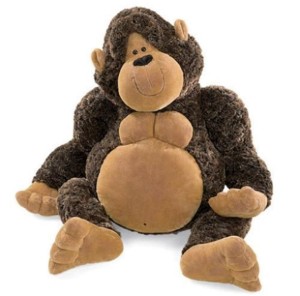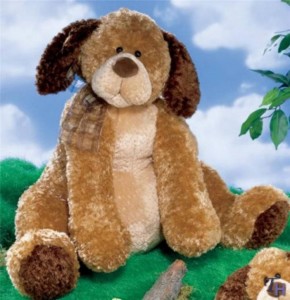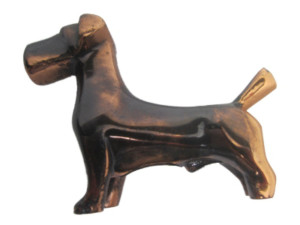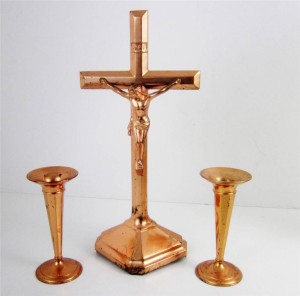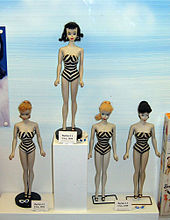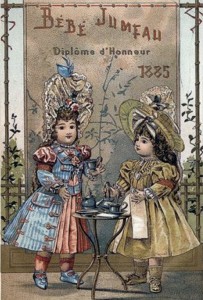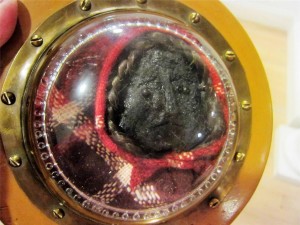 We’re selling a stunning group of boutique designer hats, fresh from local collector. Statement hats for the proud woman who is not afraid to express herself and embrace her
We’re selling a stunning group of boutique designer hats, fresh from local collector. Statement hats for the proud woman who is not afraid to express herself and embrace her 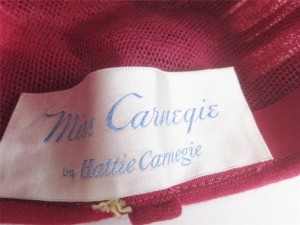 inner Diva!!
inner Diva!!
Featured here is an interesting Hattie Carnegie “Miss Carnegie” vintage 1940’s wool jersey hat, cheerful and delightfully unusual. Pink/Red with a whimsical little leaf on top, as this was an “apple” or similar fruit. Ultimate NYC “Big Apple” hat!
- 21″ around brim, size Small.
- Excellent overall condition.
Unique and a real statement hat. Take a look at our 360 degree spin video below; you can stop and start the spin at any point by swiping with your mouse to see details. Look at all of our designer hats in our eBay Store Connectibles.
Here is a brief partial article about Hattie Carnegie from Wikipedia.
Hattie Carnegie designs are in the collection holdings of the Costume Institute at the Metropolitan Museum of Art in New York; and at the Museum of Lifestyle & Fashion History in Boynton Beach, Florida.
Hattie Carnegie (15 March 1880 — 22 February 1956) was a fashion entrepreneur based in New York City from the 1920s to the 1960s. She was born in Vienna, Austria-Hungary as Henrietta Kanengeiser.
The second oldest of seven children, Hattie Carnegie’s father was an Austrian Jewish artist and tailor, thought to have introduced her to the world of fashion.
Carnegie, who emigrated with her family to the United States at the age of six in 1886, was known for her elegant couture collection and secondary ready-to-wear lines. Her company was revolutionary in the sense that it was one of the first to introduce ready-to-wear to the high-end market. She pioneered the ‘head-to-hem’ boutique concept that paved the way for the future success of Ralph Lauren in America. Her company discovered some of the most prominent American fashion designers of the twentieth century, such as Norman Norell, Pauline Trigère and James Galanos; for nearly a decade, the made-to-order department was headed by Pauline Fairfax Potter.
Hattie Carnegie was originally a milliner and owned a successful shop on East Tenth Street in New York named Carnegie – Ladies’ Hatter. Despite the fact she had never sewed a seam in her life and had no formal training, she swiftly opened a dress shop on the Upper West Side and finally in 1923, she opened the famous Hattie Carnegie boutique at 42 East 49th street, close to the current address of Saks Fifth Avenue. Her shop, at its peak, carried her own ‘Hattie Carnegie Couture’ collection, Paris couture imports from Chanel, Vionnet and Dior, a fur line, her several ready-to-wear lines under different names, a costume jewelry line, a cosmetic line and even a chocolate line. Her dress designs were a massive success and soon she had such clients as Joan Crawford and the Duchess of Windsor. Hattie Carnegie’s colorful clothing and ultra-chic costume jewelry, even today, are greatly sought after by fashion and jewelry collectors.
Carnegie enjoyed tremendous success throughout her career but the proudest moment came when she designed the Women’s Army Corps (WAC) uniform in 1950. They were adopted for wear on New Year’s Day 1951. On 1 June 1952, Hattie received the Congressional Medal of Freedom for the WAC uniform design and for her many other charitable and patriotic contributions. The WAC design was so timelessly elegant that it was still in use for women’s U.S. Army uniforms in 1968.
